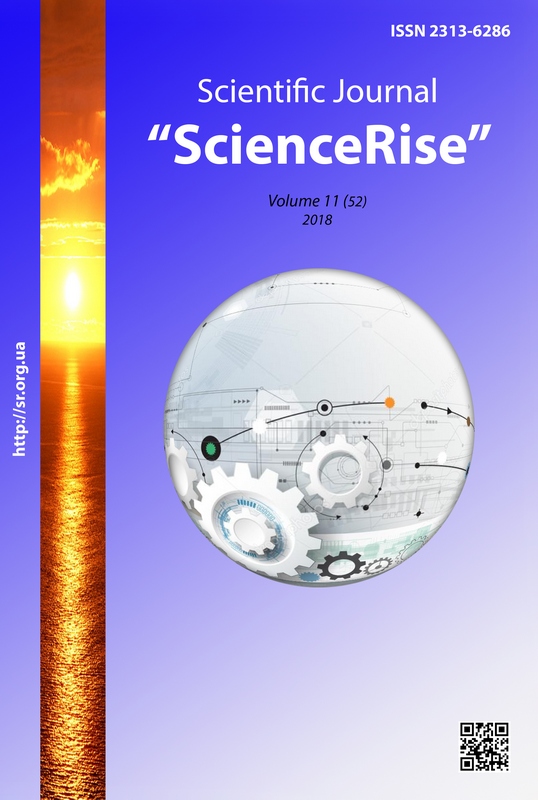Principles of construction of elevation maps for land navigation
DOI:
https://doi.org/10.15587/2313-8416.2018.149530Keywords:
navigation, elevation, SRTM data, digital models, accuracy, landscape, dependence, geomorphology, linesAbstract
This article provides an overview of the basic principles of elevation maps for land navigation, in particular through the use of SRTM data. The relevance of research is the daily use of digital elevation models in various spheres of human life. At present, digital elevation models are subject to strict accuracy requirements. A lot of research is aimed at methods to improve the accuracy of digital elevation models
References
Dumit, J. A. (2008). The use of digital elevation models: practical aspect. Bulletin of the Krasnodar regional branch of the Russian geographical society, 5, 178–183.
Pogorelov, А. V., Doumit, J. А. (2009). Quantitative terrain analysis of curvature parameters from digital elevation models. Al-Topographe. Ordre des GEO-TOPOGRAPHES Libanais, 13, 70–73.
Doumit, J. A. (2009). Method of watershed delineation using GIS technologies. Al-Topographe. Ordre des GEO-TOPOGRAPHES Libanais, 13, 63–66.
Arias, Н. (2008). Introduction to hydrologhy modeling using ArcGIS 8.3. The Arc Hydro Model, 21.
Karwel, A. K., Ewiak, I. (2008). Estimation of the accuracy of the SRTM terrain model on the area of Poland. The International Archives of the Photogrammetry, Remote Sensing and Spatial Information Sciences, XXXVII-B7, 169–172.
Muravyev, L. A. SRTM elevation vs topographic survey. Available at: geo.web.ru/db/msg.html?mid=1177761
Larionov, Y. I. Accuracy of assessment of matrix SRTM. Available at: www.racurs.ru/?page=506
Onkov, I. V. (2009). Determination of parameters of transformation of plane rectangular coordinates in the Gauss projection on the same points. Geoprofi, 6, 56–59.
Karionov, Y. I. (2010). Accuracy Assessment of SRTM dem. Geoprofi, 10, 48–51.
Siart, C., Bubenzer, O., Eitel, B. (2009). Combining digital elevation data (SRTM/ASTER), high resolution satellite imagery (Quickbird) and GIS for geomorphological mapping: A multi-component case study on Mediterranean karst in Central Crete. Geomorphology, 112 (1-2), 106–121. doi: http://doi.org/10.1016/j.geomorph.2009.05.010
Research computer center of Moscow state University. Library of numerical analysis of NIVC MSU. Available at: http://num-anal.srcc.msu.ru/lib_na/libnal.htm
Downloads
Published
Issue
Section
License
Copyright (c) 2018 Yevhen Mekhedov

This work is licensed under a Creative Commons Attribution 4.0 International License.
Our journal abides by the Creative Commons CC BY copyright rights and permissions for open access journals.
Authors, who are published in this journal, agree to the following conditions:
1. The authors reserve the right to authorship of the work and pass the first publication right of this work to the journal under the terms of a Creative Commons CC BY, which allows others to freely distribute the published research with the obligatory reference to the authors of the original work and the first publication of the work in this journal.
2. The authors have the right to conclude separate supplement agreements that relate to non-exclusive work distribution in the form in which it has been published by the journal (for example, to upload the work to the online storage of the journal or publish it as part of a monograph), provided that the reference to the first publication of the work in this journal is included.

